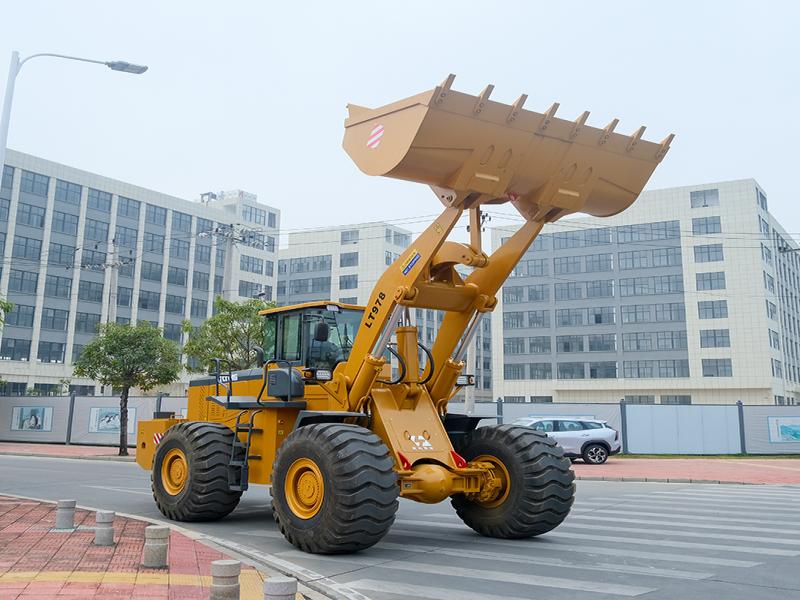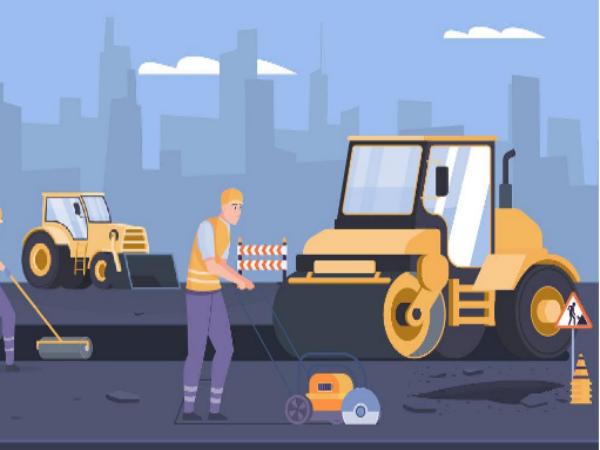Beginner's Guide: How to Operate a Wheel Loader
Apr 24, 2024
Welcome aboard! Today, we're delving into heavy machinery, focusing on a quintessential workhorse of construction sites and industrial yards: the wheel loader. Operating a wheel loader might seem daunting at first glance, but fear not, for we're about to demystify the process.
What Is A Wheel Loader?
Picture a robust vehicle with a sizable bucket up front and four sturdy wheels beneath. The controls are where the magic happens, enabling you to maneuver, scoop, and dump materials with precision.
A wheel loader, also called a front loader, or payloader, is a heavy equipment machine with a front-mounted bucket and articulated steering. Its key components include the bucket, boom, hydraulic system, engine, and transmission, designed to scoop, lift, and transport materials such as soil, gravel, and debris. Its robust build and maneuverability make it ideal for a wide range of tasks, from loading trucks to clearing sites.
Importance of Knowing How to Operate a Wheel Loader:
Proficiency in operating a wheel loader is crucial for both safety and productivity on the job site. Understanding its controls, conducting pre-operation inspections, and adhering to proper procedures minimize the risk of accidents and equipment damage. Additionally, efficient operation maximizes performance and reduces downtime, ultimately benefiting project timelines and budgets.
Pre-Operation Inspection:
Before starting the wheel loader, conduct a thorough pre-operation inspection to identify any issues that may affect performance or safety. A checklist for inspection should cover vital areas such as tires, brakes, steering, engine fluids, and hydraulic systems. Paying attention to detail during this step can prevent accidents and equipment breakdowns during operation.
Key controls typically include:
- Steering wheel or joystick for directional movement.
- Accelerator and brake pedals for speed regulation.
- Bucket control levers for raising, lowering, and tilting the bucket.
- Gear shift for selecting forward or reverse motion.
How To Operate A Wheel Loader?
Driving a wheel loader requires skill and precision, especially when maneuvering in tight spaces or on uneven terrain. Familiarize yourself with the different driving modes, including forward, reverse, and neutral, and practice smooth acceleration and braking techniques. Loading and unloading materials efficiently involves proper bucket positioning and using the loader's lifting capacity effectively.
The primary function of a wheel loader is, unsurprisingly, loading and dumping materials. Whether it's soil, gravel, or debris, mastering this process is essential. Here's a step-by-step guide:
- Approach the material at a moderate speed, aligning the bucket with the pile.
- Lower the bucket to the ground and drive forward, allowing the bucket to fill.
- Once loaded, raise the bucket and drive to the desired dumping location.
- Tilt the bucket forward to release the materials, ensuring an even distribution.
Mastering the operation of a wheel loader requires a combination of knowledge, skill, and attention to detail. By understanding its components, conducting thorough inspections, following proper procedures, and practicing safe driving techniques, operators can ensure both their safety and the efficient performance of the machine.
Are you interested in mastering the operation of a wheel loader or in need of further guidance? If so, please don't hesitate to reach out to LTMG Machinery! We are here to provide you with the necessary information and assistance you require.

